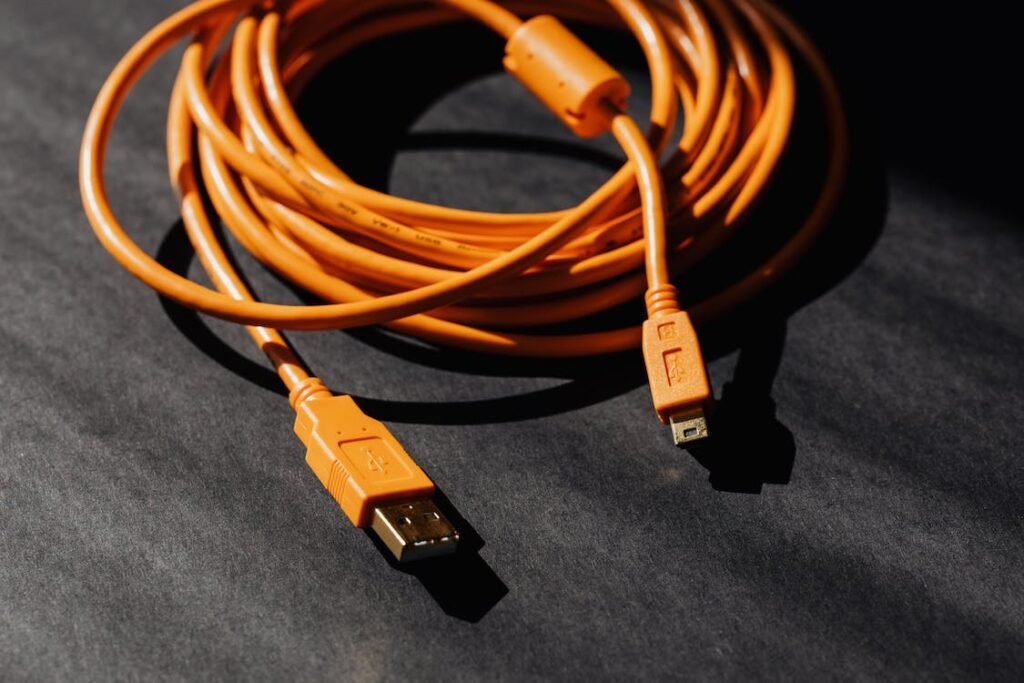Types of Network Cables in the Wire and Cable Industry
In the ever-evolving landscape of technology, the demand for efficient and reliable network connectivity has never been higher. At the core of this connectivity are network cables, the unsung heroes that enable seamless communication in our digital world. The wire and cable industry has witnessed a remarkable array of network cables, each designed to cater to specific needs and technological advancements. Let’s delve into the diverse types of network cables that play a crucial role in connecting our modern world.

Twisted Pair Cables:
- زوج ملتوية غير محققين (UTP): Widely used for Ethernet connections, UTP cables consist of pairs of insulated copper wires twisted together. The absence of shielding makes them flexible and cost-effective, ideal for most everyday applications.
- Shielded Twisted Pair (STP): Designed with additional shielding to reduce electromagnetic interference, STP cables are commonly used in environments where interference is a concern, such as industrial settings.
Coaxial Cables:
- Thinnet and Thicknet: Traditional coaxial cables were prevalent in early Ethernet networks. Thinnet (RG-58) and Thicknet (RG-8) variations provided different levels of performance and were commonly used in bus topology networks.

Fiber Optic Cables:
- Single-mode Fiber (SMF) and Multimode Fiber (MMF): Fiber optic cables transmit data using light signals. Single-mode fibers are designed for long-distance, high-bandwidth transmissions, while multimode fibers are suitable for shorter distances.
- Fiber Optic Connector Types: LC, SC, ST, and MTP/MPO are examples of connectors used in fiber optic cables, each with its own advantages in terms of performance and ease of use.
Ethernet Cables:
- Cat5e, Cat6, Cat6a, Cat7, and Cat8: Cat5e and Cat6 cables are common in households and businesses, while Cat6a, Cat7, and Cat8 cables offer higher data transfer rates and improved performance, making them suitable for demanding applications and environments.
USB Cables:
- USB 2.0, USB 3.0, USB 3.1, USB 4.0: While primarily used for connecting devices, USB cables also play a role in networking. USB 3.0 and later versions provide faster data transfer rates, making them valuable in scenarios where high-speed connections are essential.

Power over Ethernet (بو) Cables:
- PoE and PoE+: These cables not only transmit data but also deliver power to connected devices, such as IP cameras and wireless access points. PoE+ offers higher power levels than standard PoE.
Modular Cables:
- RJ45 Cables: Commonly used for Ethernet connections, RJ45 cables are modular cables with an 8-pin connector. They come in various categories, offering different levels of performance.
ختاماً, the wire and cable industry has witnessed a remarkable evolution in network cable technology. From traditional twisted pair cables to advanced fiber optics, the diverse range of network cables available today reflects the ever-increasing demands of our interconnected world. Understanding the characteristics and applications of each type of cable is essential for building robust and reliable network infrastructures.
